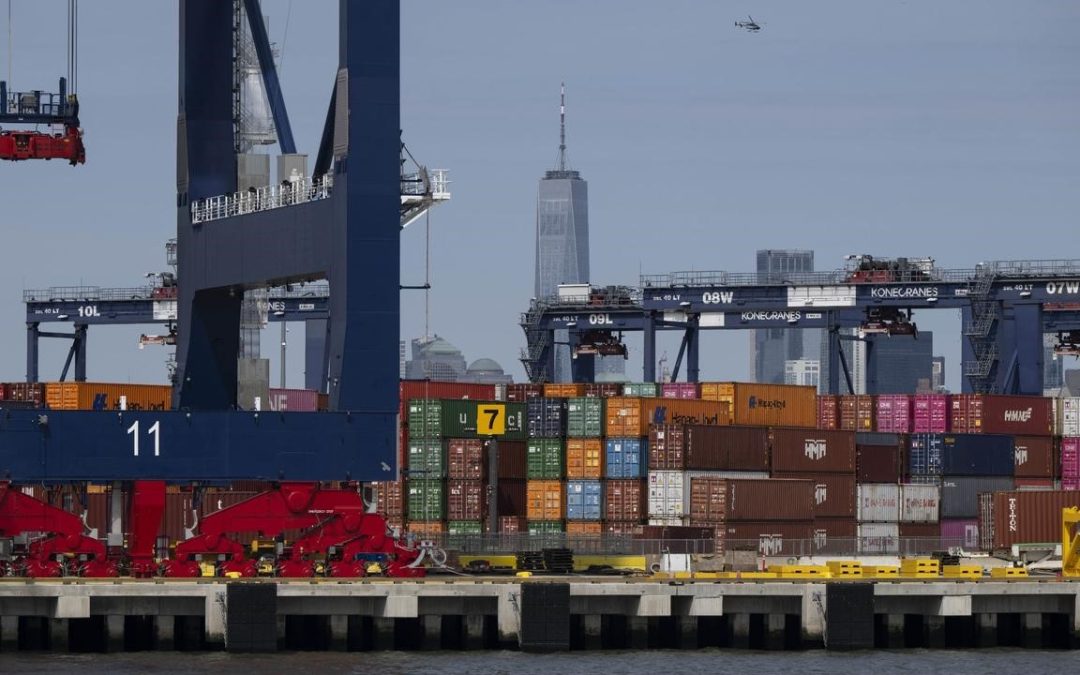While concerns about deeper access for agricultural products into the U.S. market continue to linger, the activity so far has remained encouraging. South Africa’s agricultural exports to the U.S. increased by 26% in the second quarter of 2025, from the same period a year ago, at US$161 million.
It appears that some exporters may have taken advantage of the 90-day pause of the higher tariffs and exported more volume than usual during that period.
The composition of the products remains unchanged, primarily consisting of citrus wine, fruit juices, and nuts, among other typical agricultural exports to the U.S.
The fact that South Africa generally has a large fruit harvest also contributed to this enormous increase, which far surpassed the average typical quarterly growth in exports to the U.S., which is about 9%.
Also worth highlighting is that the rise underscores in a way the importance of the U.S. market for some producers, while it remains somewhat smaller from a national perspective. South Africa’s agricultural exports to the U.S. were still 4% in the second quarter of 2025.
(South Africa’s agricultural exports to the world market totalled US$3.71 billion in Q2, up 10% from the same period a year ago).
Again, the 4% share of the U.S. in the overall South African agricultural exports is not a small value, as few specific industries are primarily involved in these agricultural exports. These are mainly citrus, grapes, wine, and fruit juices.
Since the start of AGOA, the percentage share of South Africa’s agricultural exports to the U.S. has remained at these levels. From now on, a great deal hinges on whether South Africa succeeds in securing favourable trade terms with the U.S. The future performance of the exports to the U.S. will rely mainly on the success of the ongoing conversations between the two countries.
The export diversification we are discussing is not about replacing the U.S. but rather adding to it. We have a growing sector that requires more export markets in the future; thus, this issue of export diversification is more urgent right now.
Our primary focus is to work diligently to maintain our existing markets in the EU, Africa, Asia, the Middle East, and the Americas. It is also crucial for South Africa to expand market access to some key BRICS countries, such as China, India, Saudi Arabia, and Egypt.
The emphasis on the BRICS grouping should be on the need to lower import tariffs and address artificial phytosanitary barriers that hinder deeper trade within this grouping. The discussion in BRICS should move beyond the general rhetoric of intentions to meaningful trade arrangements.
If you enjoyed this post, please consider subscribing to my newsletter here for free. You can also follow me on X (@WandileSihlobo)


